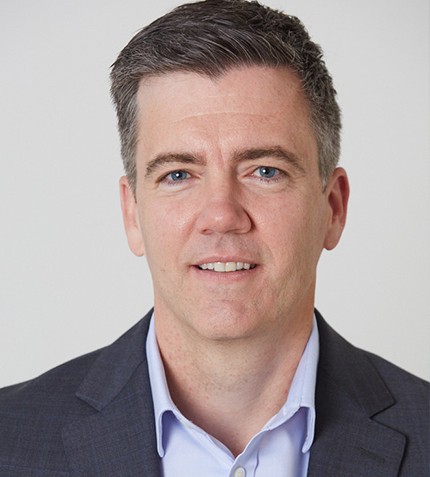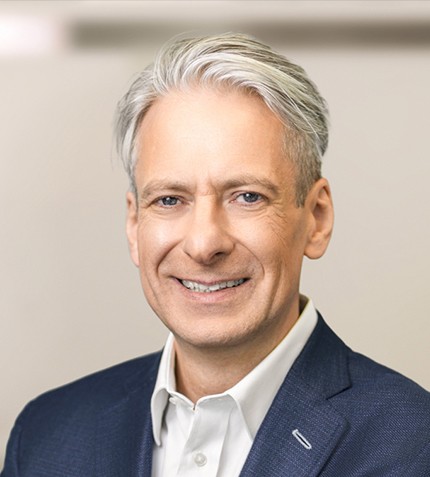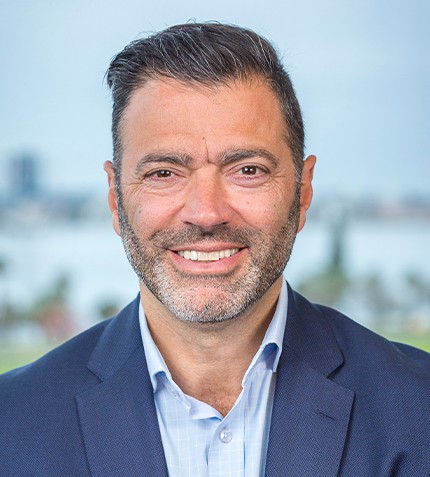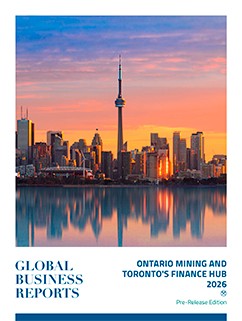
"We spend significant time following the big trends around food and drink, and the pandemic has been an adventure in this sense, highlighting the importance of health and general wellbeing through proper alimentation."
Andrew Taylor
PRESIDENT, GROWTH MARKETS, (ASIA, MIDDLE EAST, AFRICA, AND LATIN AMERICA) TATE & LYLE
Could you introduce Tate & Lyle’s global footprint and key business areas?
Tate & Lyle is a leading global provider of food and beverage ingredients and solutions, with operations in over 30 countries. We are leaders in sweetening, mouthfeel and fortification, serving customers in around 140 countries.
We have been active for more than 160 years and are listed on the London Stock Exchange within the FTSE 250.
Could you elaborate on Tate & Lyle’s transition towards a pure-play ingredients company and your evolution in this sense?
On 1 April we started a new, exciting chapter of Tate & Lyle’s future as a growth-focused, specialty company. We completed the sale of a controlling stake in our Primary Products business in the Americas to KPS Capital Partners, LP. Tate & Lyle is now transformed into a purpose-led, growth-focused global food and beverage solutions business, serving faster-growing specialty markets.
Our corporate strategy is to be a solutions company, focused on quality rather than quantity, by helping the most ambitious customers in the world to solve their toughest problems. I will recount the three biggest challenges: In a context of growing diabetes incidence, especially in APAC, sugar and calorie reduction is a key concern for consumers, food and beverage producers, and regulators. Another big challenge of the food industry is texture or mouthfeel: bad texture led to the rejection of those first low-calorie products. Finally, a large majority of people are getting less than the recommended 25g of fiber in their diets daily, so fortification is another considerable challenge that we have specialized in.
What are the key consumer trends you’ve been following?
We spend significant time following the big trends around food and drink, and the pandemic has been an adventure in this sense, highlighting the importance of health and general wellbeing through proper alimentation. Sugar reduction is a consistent trend across the world, and governments are stepping in more and more to regulate this sector. There is also a lot more interest and awareness about gut health. More people are talking about prebiotics and probiotics, while research in this space is on the rise. Unsurprisingly, the switch to plant-based foods continues, together with vegetarianism and veganism. The fourth big trend is around transparency – more consumers read labels and are better educated about the ingredients that go into products.
Singapore is the HQ of Tate & Lyle’s “Growth Markets.” What made Singapore a preferred choice?
A few years ago we coupled key geographies into “Growth Markets:” Asia, the Middle East, Africa, and LatAm. Although all these territories share a high rate of growth, we didn’t think the name “developing countries” suits this cluster given that economies like China are rather mature. Singapore acts as the HQ for these markets, and we have other strategic touchpoints including in China, Japan and Australia.
In the food ingredients space, one of the key considerations is to be close to raw materials, like corn, wheat, or stevia, and our production facilities are therefore located near the big corn belts in the US or the stevia plantations in China. Whilst we don’t have manufacturing in Singapore, the country brought another critical resource - the availability of highly skilled talent with a wealth of PhD scientists, engineers, marketing and IT professionals, which allow for the advancement of innovations like precision fermentation and vertical farming. On top of this, Singapore offers an unparalleled business environment, as well as easy access to the region. We can see in Singapore a real explosion of start-ups and incubators, as a result of continuous investment in the food science space led by the EDB and other government agencies.
Could you share your approach toward sustainability?
When we think about sustainability, we need to consider everything from carbon emissions and water stewardship to ethnic and gender diversity within our workforce to promoting healthy, balanced lifestyles.
As part of our purpose journey of “Transforming Lives Through the Science of Food,” we are looking at three dimensions: Supporting Healthy Living; Building Thriving Communities; and Caring for our Planet.
To give an example of a concrete initiative, last year we launched a new sustainability program to enable stevia growers in China to lower their environmental impact and gain greater economic benefit from the production of this in-demand no calorie sweetener.
What are your top objectives in the short-to-medium term? Do you have a final message?
Equally important for us are these three main objectives: keep our people safe, become the first-call, next-generation solution provider for the most ambitious customers in the world, and reach our financial growth targets.










